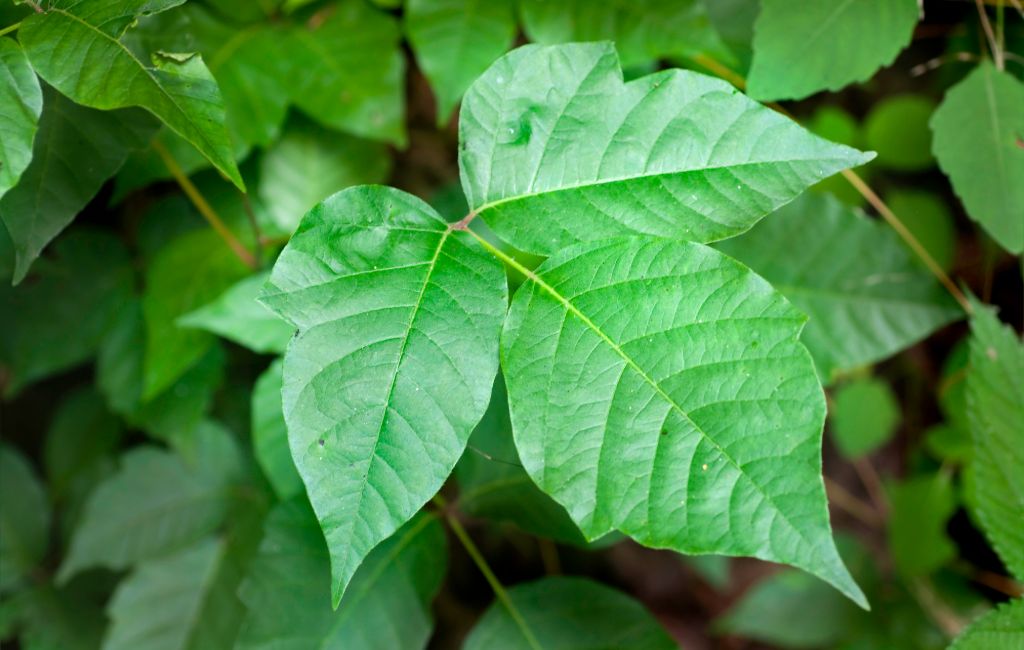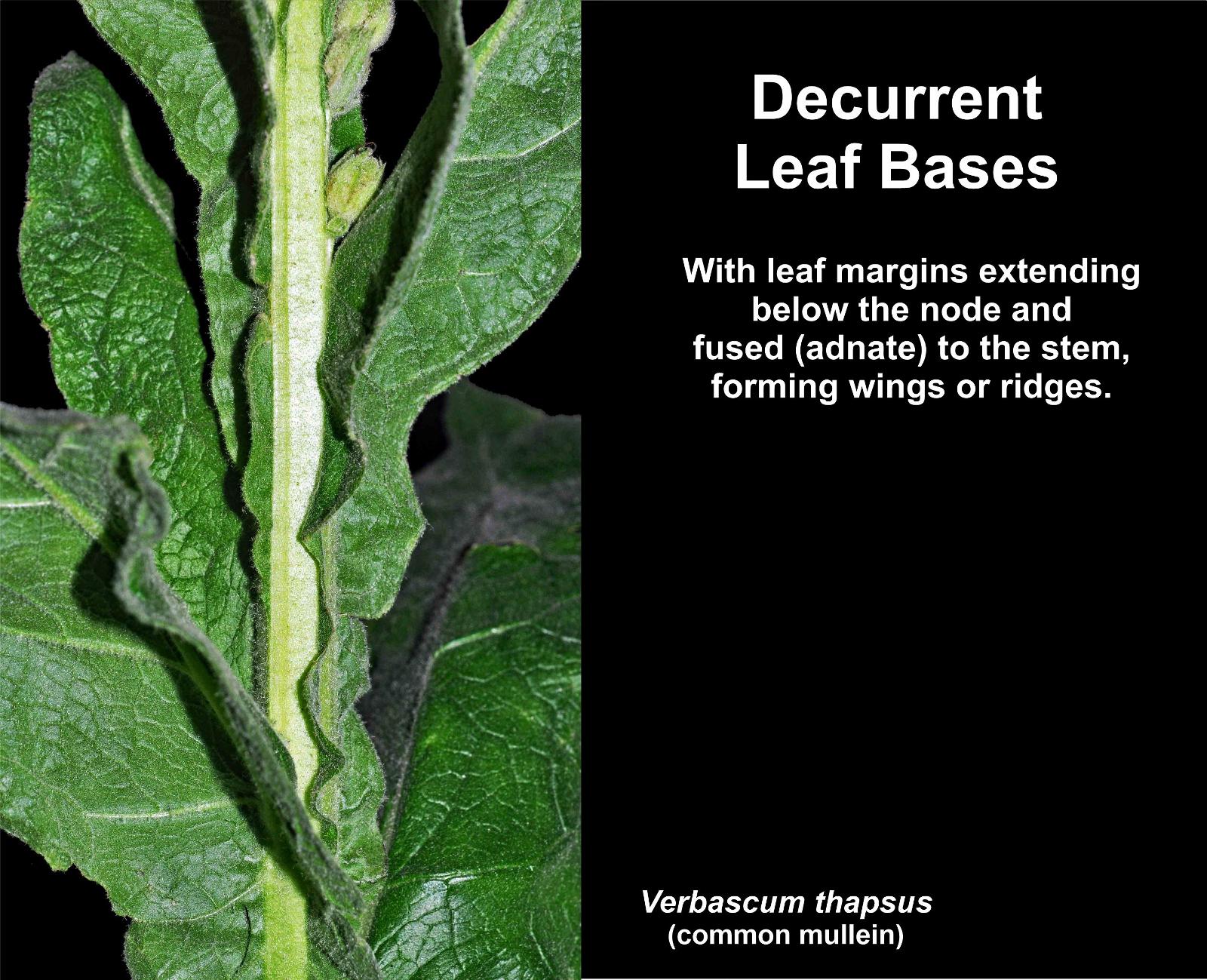

- Point leafs soft thorns vegetable identification manual#
- Point leafs soft thorns vegetable identification portable#
- Point leafs soft thorns vegetable identification series#
Image-based methods are considered a promising approach for species identification. The influence and impact of digital images on the modern society is tremendous and is considered a critical component in a variety of application areas including pattern recognition, computer vision, industrial automation, and healthcare industries. Digital image processing refers to the use of algorithms and procedures for operations such as image enhancement, image compression, image analysis, mapping, and geo-referencing.
Point leafs soft thorns vegetable identification portable#
The rich development and ubiquity of relevant information technologies, such as digital cameras and portable devices, has brought these ideas closer to reality. Recently, taxonomists started searching for more efficient methods to meet species identification requirements, such as developing digital image processing and pattern recognition techniques.


The still existing, but rapidly declining high biodiversity and a limited number of taxonomists represents significant challenges to the future of biological study and conservation. The declining and partly nonexistent taxonomic knowledge within the general public has been termed “taxonomic crisis”. The situation is further exacerbated by the increasing shortage of skilled taxonomists. Even for botanists themselves species identification is often a difficult task. Traditional plant species identification is almost impossible for the general public and challenging even for professionals that deal with botanical problems daily, such as, conservationists, farmers, foresters, and landscape architects. However, the determination of plant species from field observation requires a substantial botanical expertise, which puts it beyond the reach of most nature enthusiasts.
Point leafs soft thorns vegetable identification series#
This series of answered questions leads eventually to the desired species. In essence, a user of an identification key is answering a series of questions about one or more attributes of an unknown plant (e.g., shape, color, number of petals, existence of thorns or hairs) continuously focusing on the most discriminating characteristics and narrowing down the set of candidate species.
Point leafs soft thorns vegetable identification manual#
In a manual identification process, botanist use different plant characteristics as identification keys, which are examined sequentially and adaptively to identify plant species. Therefore, rapid and accurate plant identification is essential for effective study and management of biodiversity. Building accurate knowledge of the identity and the geographic distribution of plants is essential for future biodiversity conservation. The current rate of extinction is largely the result of direct and indirect human activities. The systematic and concise overview will also be helpful for beginners in those research fields, as they can use the comparable analyses of applied methods as a guide in this complex activity.īiodiversity is declining steadily throughout the world. Our results are relevant to researches in ecology as well as computer vision for their ongoing research. Furthermore, we compare methods based on classification accuracy achieved on publicly available datasets. After a careful analysis of these studies, we describe the applied methods categorized according to the studied plant organ, and the studied features, i.e., shape, texture, color, margin, and vein structure. We identified 120 peer-reviewed studies, selected through a multi-stage process, published in the last 10 years (2005–2015). This paper is the first systematic literature review with the aim of a thorough analysis and comparison of primary studies on computer vision approaches for plant species identification. The availability and ubiquity of relevant technologies, such as, digital cameras and mobile devices, the remote access to databases, new techniques in image processing and pattern recognition let the idea of automated species identification become reality. Today, there is an increasing interest in automating the process of species identification. This creates a hard to overcome hurdle for novices interested in acquiring species knowledge. The identification of plants by conventional keys is complex, time consuming, and due to the use of specific botanical terms frustrating for non-experts. Species knowledge is essential for protecting biodiversity.


 0 kommentar(er)
0 kommentar(er)
